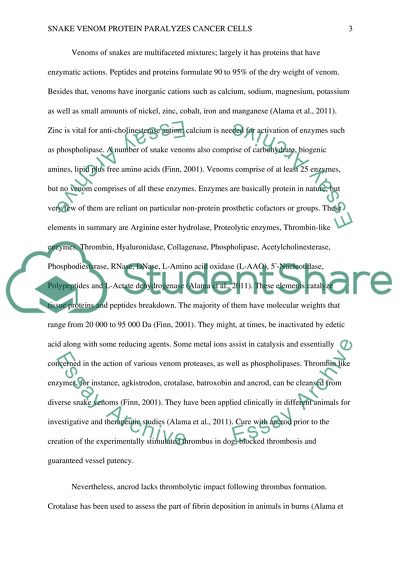Cite this document
(“Snake Venom Protein Paralyzes Cancer Cells Research Paper”, n.d.)
Retrieved from https://studentshare.org/biology/1634393-snake-venom-protein-paralyzes-cancer-cells
Retrieved from https://studentshare.org/biology/1634393-snake-venom-protein-paralyzes-cancer-cells
(Snake Venom Protein Paralyzes Cancer Cells Research Paper)
https://studentshare.org/biology/1634393-snake-venom-protein-paralyzes-cancer-cells.
https://studentshare.org/biology/1634393-snake-venom-protein-paralyzes-cancer-cells.
“Snake Venom Protein Paralyzes Cancer Cells Research Paper”, n.d. https://studentshare.org/biology/1634393-snake-venom-protein-paralyzes-cancer-cells.


